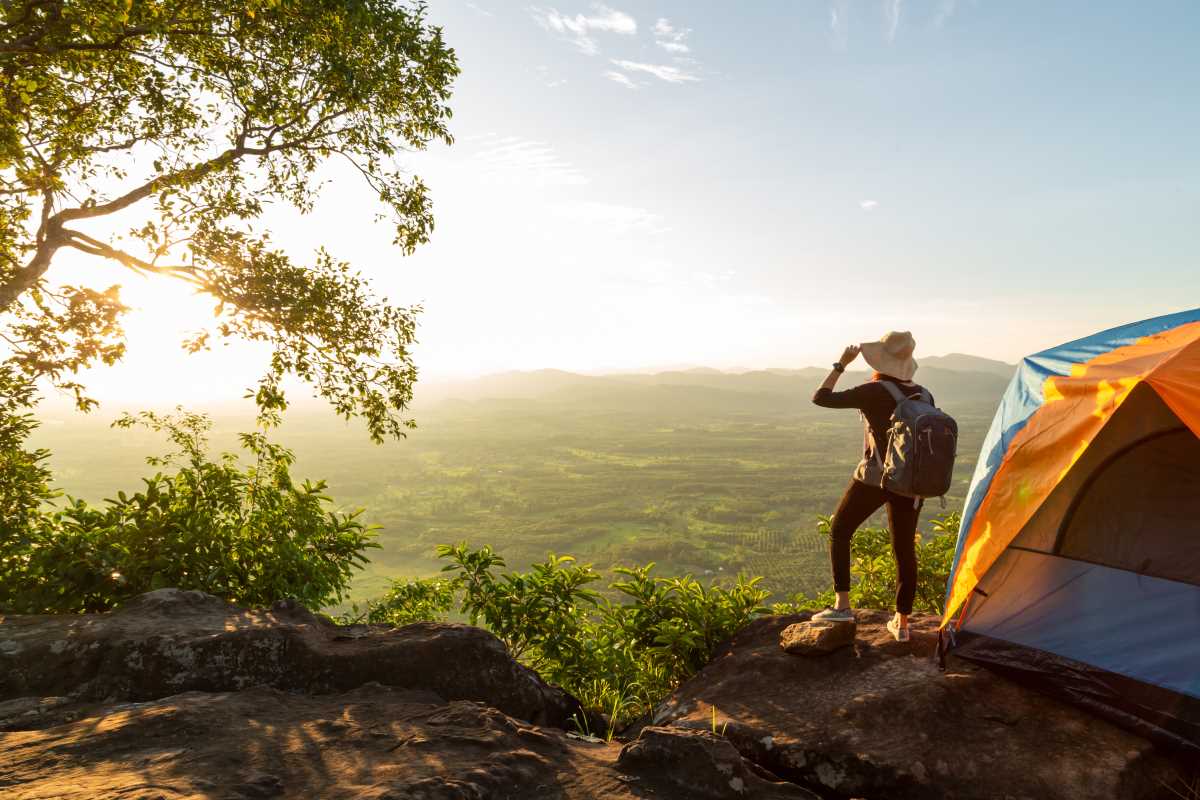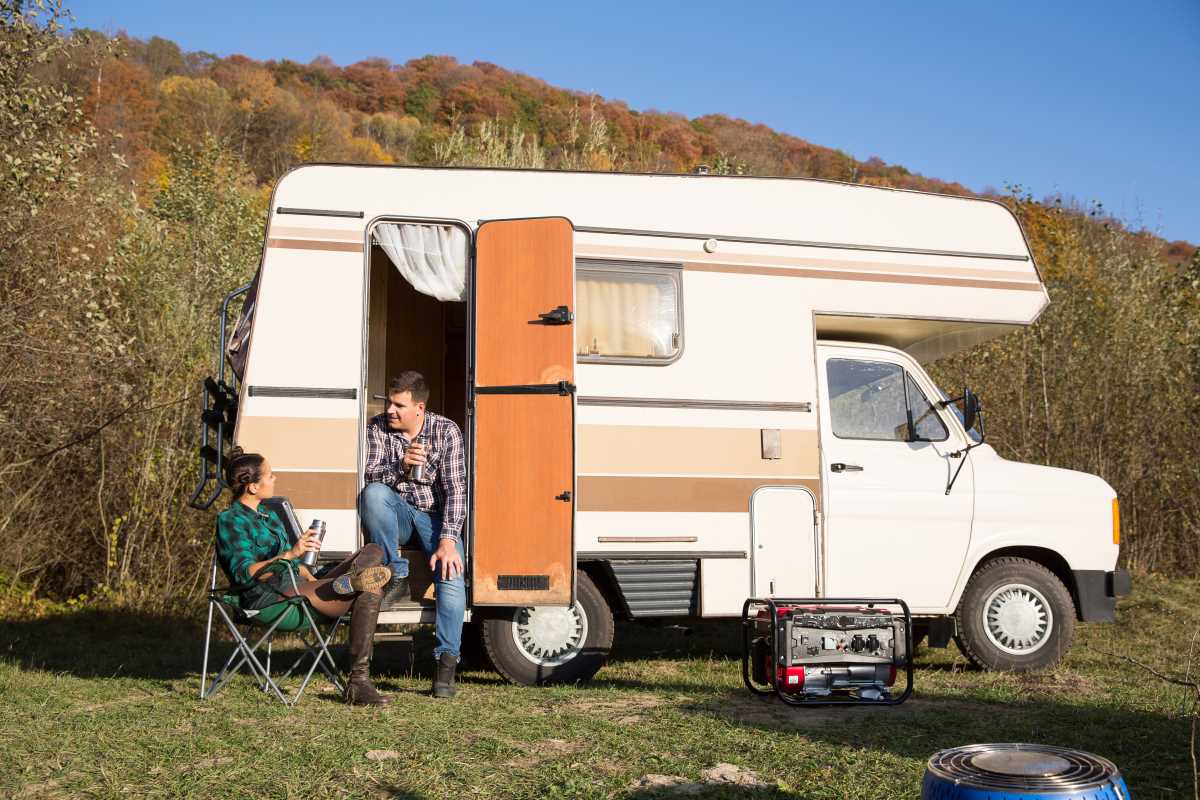Birdwatching, or birding, is more than just a hobby; it’s a chance to connect with nature, explore new places, and uncover the beauty hiding in plain sight. Whether you’re an experienced birder with a lifelist (a birding term for all the species you’ve seen and documented) or someone who just enjoys seeing a cardinal in your backyard, birdwatching trips offer something special for everyone. It’s a peaceful activity that doesn’t require a huge budget or fancy equipment to start, making it perfect for beginners. At the same time, it can be as adventurous as you’d like, taking seasoned enthusiasts to remote parts of the world in search of rare species.
If you’re wondering where to go, what to bring, or how to get started, this guide has you covered. From tips for first-timers to exciting destinations for pros, let's explore how birdwatching trips can be a rewarding experience for all.
Birdwatching allows you to see the world differently. Instead of rushing through parks or forests, it encourages you to slow down, tune into the sounds around you, and notice details you might usually miss. Birds are everywhere—in cities, countryside, deserts, and rainforests—which means birding is accessible wherever you are.
For beginners, birdwatching is an easy way to spend time outdoors and develop a new appreciation for wildlife. On the other hand, experienced birders often travel to faraway places, pushing themselves to spot rare or migratory species. The thrill of finding that one bird you’ve always wanted to see, paired with the satisfaction of identifying it, keeps birders coming back day after day.
Beyond the personal enjoyment, birdwatching also helps with conservation. By simply logging what birds you see (even informally), you contribute valuable data that scientists use to monitor populations and protect habitats. Whether you’re birding for fun or science, each trip offers a chance for discovery.
What Do You Need for a Birdwatching Trip?
The beauty of birdwatching is that it’s as simple or as involved as you want it to be. To get started, you don’t need a ton of fancy gear. Here's a basic list of essentials:
- Binoculars: These are a birder’s best friend. Even an inexpensive pair will make a huge difference, helping you get up close views without disturbing the birds.
- Guidebook or App: Identifying birds is half the fun, and a field guide (or an app like Merlin Bird ID or eBird) will help you figure out what species you're seeing.
- Notebook or Journal: Many birders document their journeys by jotting down what they see, where they see it, and other observations. Over time, it becomes a great way to revisit memories.
- Comfortable Shoes and Weather Gear: Birdwatching often means walking through forests, wetlands, or other natural areas, so wear sturdy shoes and dress for the climate.
If you've been birding for a while, you might invest in more specialized gear, like spotting scopes for long-distance viewing or cameras with telephoto lenses. But starting small is perfectly fine—with just binoculars and a sunny day, you’re ready to go.
Birdwatching Hotspots for Beginners
Not every birdwatching trip has to involve a plane ticket or a drive into the wilderness. Some of the best places to watch birds can be within walking distance! If you’re new to it, here are a few easy-to-access options:
1. Local Parks
Local parks are fantastic places to begin. They're home to common species like robins, jays, and sparrows, and you might even encounter ducks near ponds or rivers. It’s a low-pressure environment where you can practice identifying birds and using binoculars.
2. Gardens and Bird Feeders
Planting flowers or setting up a bird feeder in your yard can draw birds closer. Hummingbirds, cardinals, or chickadees are common visitors, and you can enjoy the experience right from your window.
3. Wetlands and Riverwalks
Wetlands offer plenty of variety, from herons wading gracefully in shallow water to stunning seasonal visitors like migrating ducks or geese. These areas are often rich in bird life and typically provide walkable trails.
4. Nature Reserves
Many nature reserves cater to birdwatchers, offering viewing platforms and guided tours. These locations are often protected areas where you can see both common and unique species.
Advanced Birdwatching Trips for Enthusiasts
For those who are passionate about birding and enjoy the thrill of the chase, traveling to specific birdwatching hotspots is the ultimate adventure. Here are some must-visit destinations for enthusiasts:
1. The Everglades, Florida, USA
The Everglades is a birder's dream, hosting over 350 bird species, including the iconic roseate spoonbill and the snail kite. The vast wetlands of South Florida provide opportunities to see wading birds, raptors, and colorful songbirds, all in one trip.
2. Monteverde Cloud Forest, Costa Rica
Costa Rica is a paradise for biodiversity, and Monteverde is a standout destination for its rare species like resplendent quetzals and toucans. The lush forests and misty atmosphere make it an unforgettable place to explore.
3. Cape May, New Jersey, USA
Cape May is famous in birding circles for its incredible fall migrations. From hawks to shorebirds, you can see species in abundance as they make their way south. Cape May also hosts festivals and educational events for birders.
4. The Serengeti, Tanzania
For the adventurous, a birding trip to Tanzania offers a two-in-one experience of birdwatching and wildlife safaris. Known for iconic species like flamingos and secretary birds, the Serengeti’s open landscapes provide endless opportunities for spotting birds.
5. Andes Mountains, South America
Stretching through several countries, including Ecuador and Peru, the Andes offer a spectacular birdwatching experience featuring hummingbirds, tanagers, and towering condors.
Tips for Enjoying Your Birdwatching Trip
To make the most of your trip, consider the following tips for a smooth and enjoyable experience:
- Start Early: Birds are most active in the early morning when they’re feeding and singing. Heading out at dawn gives you the best chances of spotting them.
- Be Quiet and Patient: Birds can be shy, so approach areas quietly and take your time. Movement and noise can scare them off.
- Learn Bird Calls: Even if you can’t see the bird right away, recognizing its call can point you in the right direction.
- Pack Snacks and Water: Long days in nature require energy, so bring enough food and drinks to keep you comfortable.
- Check Local Guides: If you’re traveling, look into hiring a local birding guide. They often know the best spots and can help identify species you might otherwise miss.







